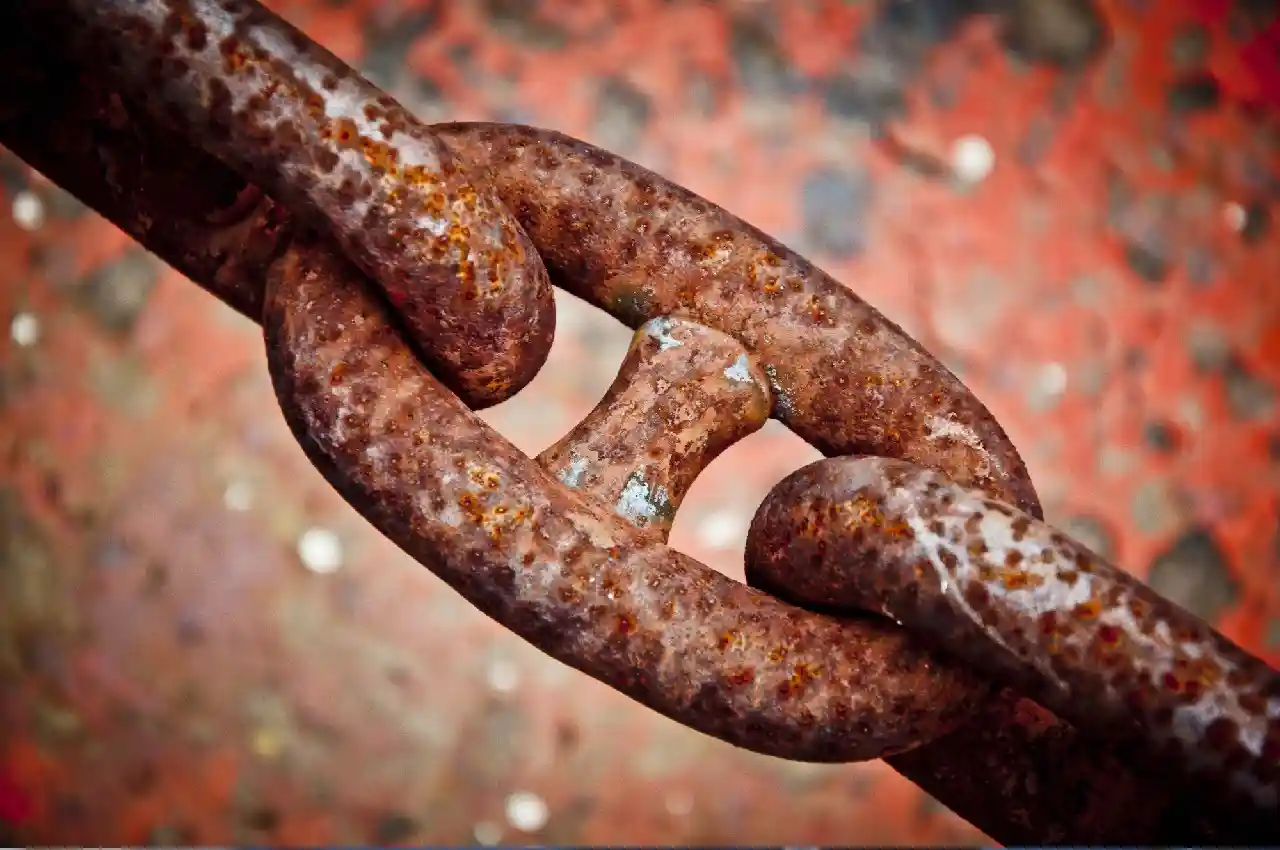NEWS
Rust vs Corrosion: Is There a Difference?

So, you are going to be embarking on projects involving metal. It could be renovating, constructing, or metalwork in general.
When it comes to metal, many people are familiar with rust, but most don’t know the term for its cousin, corrode. Both cause problems with metals that can lead to structural issues.
So, what are the distinctions between rust vs corrosion, and how can you tell them apart?
In this article, we’ll look at the differences between these two, so keep reading, and let’s get started!
What Is the Difference Between Rust vs. Corrosion?
Rust and corrosion are deterioration caused by the interaction of metals and oxygen. Rust is a form of corrosion that occurs when the metal reacts with oxygen in the presence of moisture, commonly found on iron metals. It is a reddish-brown flaky surface that can weaken structures over time.
Corrosion, on the other hand, is when metal comes into contact with oxygen or other chemicals and then breaks down into a different compound. While rust is usually visible, corrosion may not be.
Generally, rust is less damaging than corrosion but can eventually lead to corrosion if not handled promptly.
Different Types of Rust
Rust has five different categories. These include red rust, black rust, white rust, blue rust, and brown rust. Red rust is the most common, generally found on steel surfaces exposed to water.
Black rust is because of carbonated water, typically found on steel. White rust is a form of zinc oxide found on galvanized surfaces.
Blue rust is because of lignite and can form on certain steels exposed to salt water. Finally, brown rust is a combination of oxygen and iron oxide.
Different Types of Corrosion
There are many different types of corrosion, each with its unique causes and effects. The most common forms are uniform corrosion, pitting corrosion, and crevice corrosion.
Uniform corrosion is the most common. It can be because of factors like oxygen, moisture, salt, and other atmospheric impurities.
Pitting corrosion is material erosion in isolated spots. It is due to localized exposure to aggressive corrosion conditions.
Crevice corrosion happens when there is an exposure of material to a stagnant oxidant, like moisture, in small cavities such as closed seams or crevices.
Rust and Corrosion Protective Measures
Rust and corrosion protective measures mitigate damage to metals. Rust preventive measures focus on proactive protection from rust formation, such as choosing metals with a higher protective layer. These also involve regularly inspecting your metal objects for signs of corrosion.
Corrosion protective measures focus on strategies to prevent having a corroded metal or rusty metal, such as applying a protective Alodine coating. This can also include surface restoration.
Exploring the Distinctions Between Rust and Corrosion
Rust and corrosion are two very different forms of oxidation. Although they share some similarities, understanding the differences between rust vs corrosion helps you make informed decisions about which type of protecting agents or coatings you should use to protect your metal surfaces.
Don’t delay! Get out there and protect your metals today!
Did you find this article helpful? Check out our other articles for more information.
Having completed my education in English, I’ve cultivated a successful career as a content writer. My tenure includes valued collaborations with distinguished professional organizations, reflecting my commitment to producing high-quality content.
Contact me on this mail: [email protected]










